The ability to make long burning fire logs or fire bricks could be a life saver during and after a major crisis. The time to learn how to make, use, and store them is now, before any major crisis starts.
Right now, devices used to make fire bricks and logs are as close as your favorite hardware store; but in a time after a major crisis there will be no place to buy them.
Fortunately, you can use simple materials from around the house, the yard, or even a junk pile to make a fire log or fire brick maker.
How to Make Fire Logs
Materials needed
- 3/4” to 1” diameter dowel rod about 24” long
- Newspapers
- 5 gal bucket and water to soak the paper in.
How to make fire logs
For soaking the paper, place the newspaper in the buckets still folded into sections.
Fill the buckets with water, and let soak 1 to 2 hours, then prepare for rolling the logs.
Standing at a sink or other water proof surface, take the first wet section of the newspaper out of the bucket.
Place the dowel rod about 1 inch down from the top of the wet paper and begin to roll the dowel rod down the newspaper.

After you have rolled up 2-3 inches of the wet paper, shape and compress the log with your hands to get more excess water out. Pull the dowel rod out of the freshly made paper fire log.
Air drying the newspaper fire logs
The completed fire logs must be completely dry before burning.
- Store logs in a shed or other covered area where the temperature and breeze can air dry them.
- If you do not have a shed, stack the wet logs on a platform, old pallets, or anything else that will keep the wet logs off the ground.
- Cover with a tarp to keep the logs from getting wet due to weather conditions.
- It will take at least a week for the logs to dry.
How to Make Fire Bricks
Materials and tools needed:
- Three 5gal. Buckets. (One bucket will have holes cut or drilled into it to make a sieve, one to be cut down to make a press, and the last bucket to be used as the outer water holding bucket.
- 1 drill to cut the holes in the bucket.
- 1 hand saw to make the water press.
- 1 machete to cut up the large fire brick into smaller ones.
- Old mail, newspapers, dead leaves, dead brush, tree clippings, paper towels and old paper rollers, paper plates, napkins, beer boxes /soda boxes, egg cartons, wood chips/saw dust, or any other bio mass that can be burned.
- Two 2”x4”X 3′ long for drainage boards (if you are planing to reuse the water).
Put the sieve 5 gal. bucket inside the other normal 5 gal. bucket. Fill these buckets 3/4 full of water. Rip or break up all of the fire brick materials into small pieces. Throw them in the water bucket to soak for about a day or until the paper is mushy.
Pull the sieve bucket out of the water bucket. Put the two 2”x4”s over the water bucket and place the sieve bucket on top of the boards to drain (if you are planing to reuse some of the water). If not stand up the sieve bucket and just let it drain out.
To remove more water and to compress the contents of the sieve bucket put the bucket press in the sieve and stand on top of it. When as much water as possible has been presses out of the sieve bucket. it is time to remove the fire brick from the sieve bucket.
To remove the fire brick, turn the sieve bucket upside down and tap on the bottom. The fire brick will fall out.
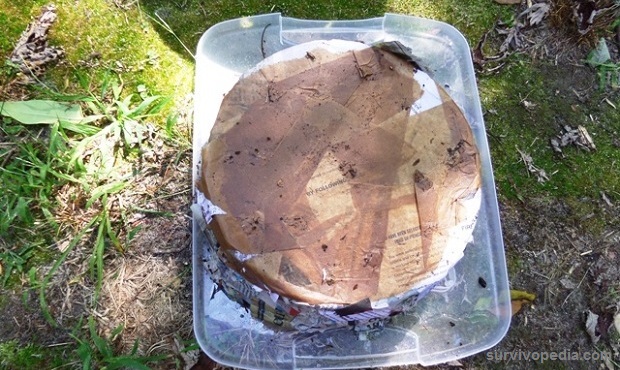
How to Make a Small Fire Brick Using Bread or Pound Cake Pans
Poke holes in a pound cake pan to make a sieve (they cost $1.00 in Dollar Tree). Make sure you poke holes from the inside of the pan outward so that paper does not snag on the metal later on.
Tear paper into strips and let them soaks in a bucket of water for 2 – 3 days. Take paper strips out of the water and place them into the sieve pound cake pan.
Use a brick or some other heavy object to assist you when pushing downward to push out as much water as possible out of the sieve pan. You can also gain additional leverage by placing a second pound cake tin on top of the paper and pushing with the brick on that. Keep adding paper and pressing until the pan is full.
Turn the sieve pan upside down and tap on the bottom of the sieve pan to release the paper brick. Let small bricks dry in the same way as paper logs and larger bricks.
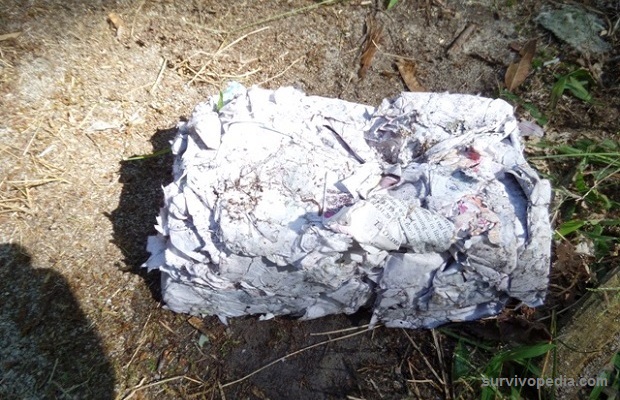
Why freeze or starve to death when making fuel from paper can be achieved by even a beginner prepper?
This article has been written by Fred Tyrell for Survivopedia.


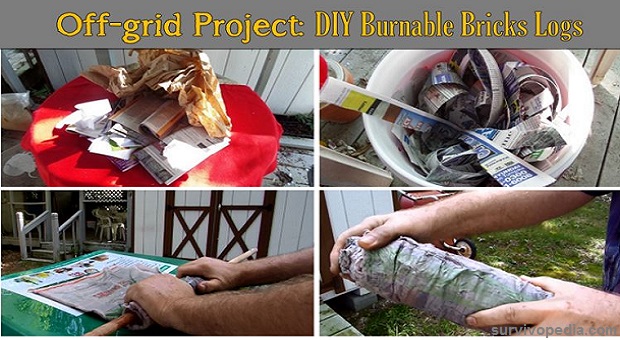
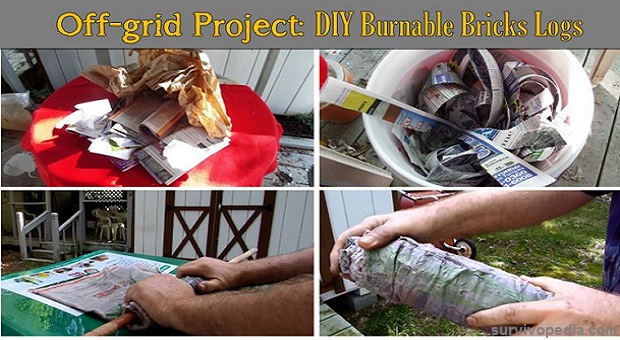
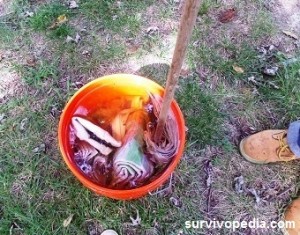
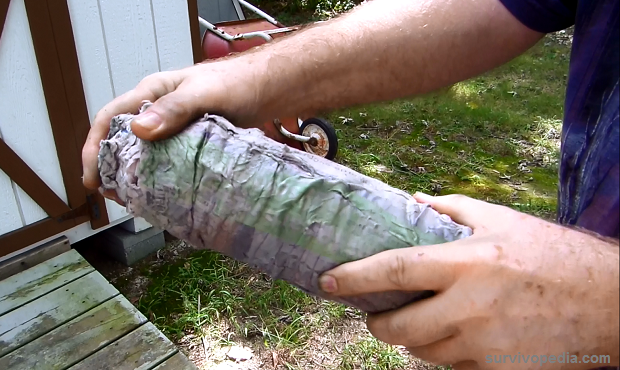

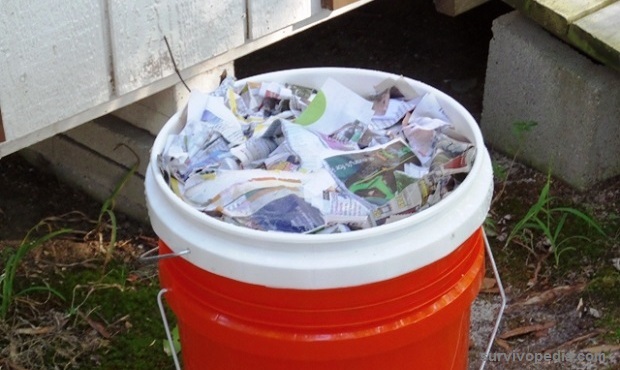
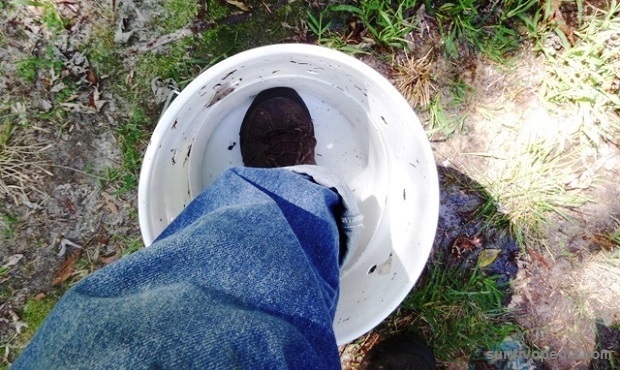
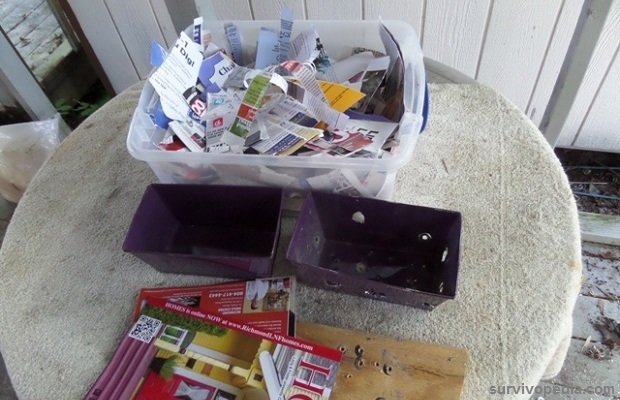
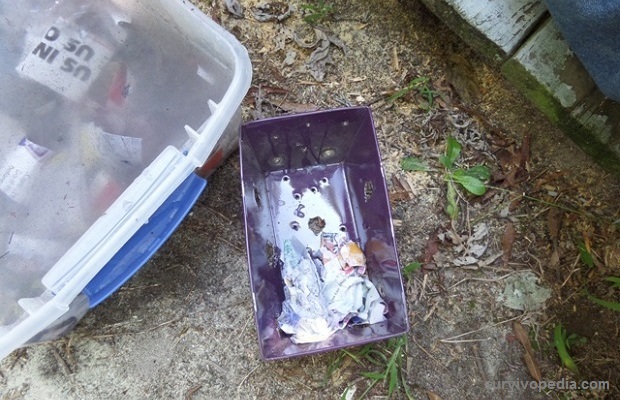
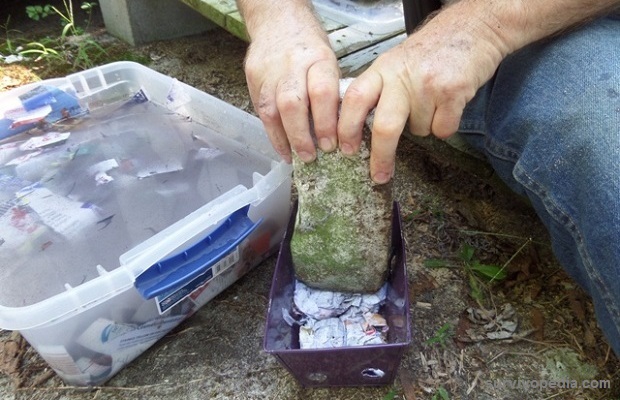

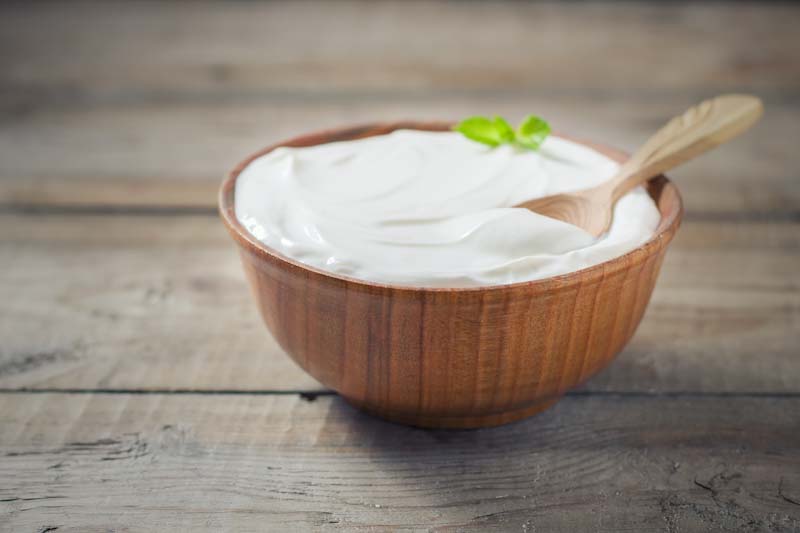
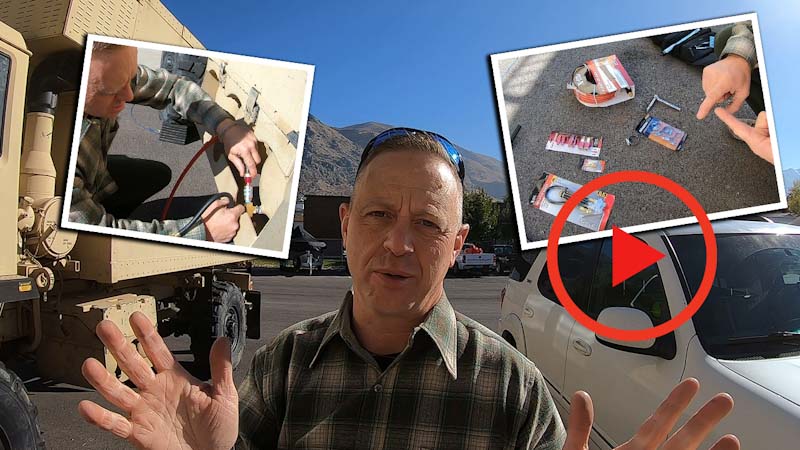
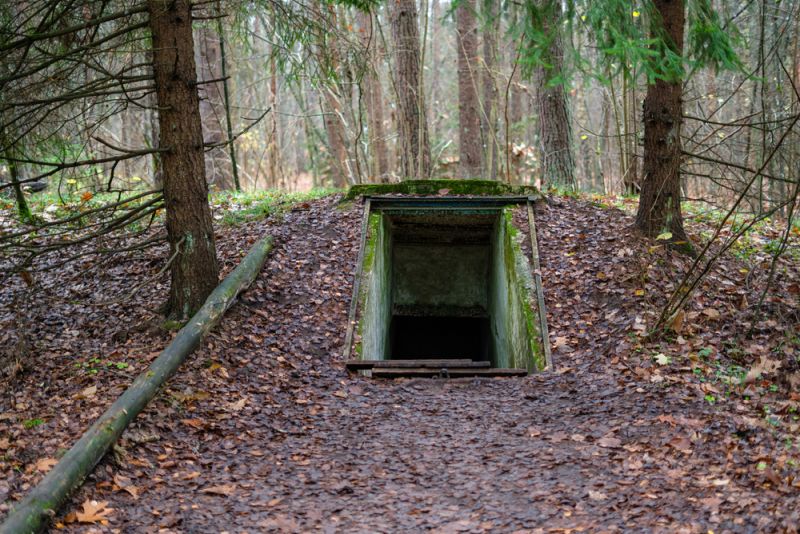
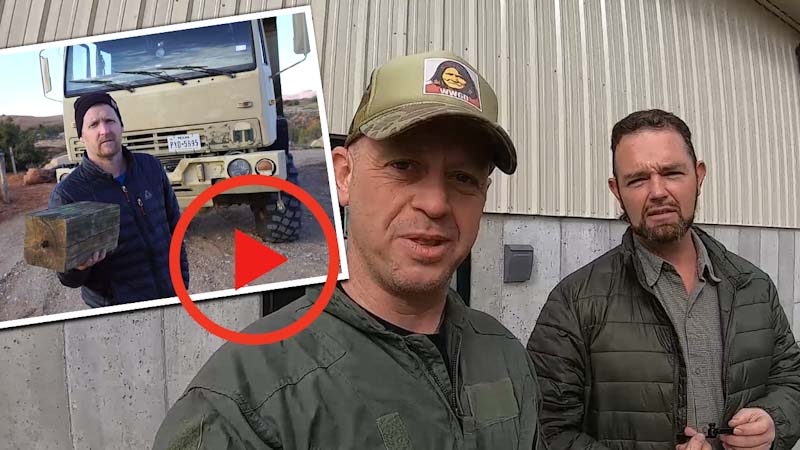

Pingback:Off-grid Project: DIY Burnable Bricks & Logs Out of Paper | Survivalist Basics | Be Prepared For Anything! | October 24, 2014
|
HappyClinger | October 24, 2014
|
This is great – I remember this process from the 70’s when everyone was going all “ecological.” Question: Should we avoid shiny or glossy printed materials? I remember there being some negative aspects to burning those. In a dire situation, perhaps this would not be a consideration, but I’d still like to know. Thanks!
Old Gray Mare | October 24, 2014
|
Regarding making fire logs or bricks from paper, leaves, and other items. I am disabled but I could still make some small bread pan size bricks. When they start to dry, pieces will probably fall or blow off. Can I put the wet brick into a piece of old stocking to keep this from happening, either until it dries completely, or even to burn it in? Tearing apart the paper might be tough for me, could I use paper from my paper shredder instead? Or is it easier to tear once wet! What other outside materials would be safe to burn indoors? Are paper towels used to clean things like windows that have remnants of chemicals like window cleaners safe to burn inside too?
Thank you for any assistance with this, and I very much appreciate the information you provide. God Bless You!
Jesse's Mom | October 24, 2014
|
One overlooked source of material is the dryer lint that comes from doing every load of laundry… Keep a grocery sack hand and stuff the wads of lint in there till you get enough to add to your stash of other materials. I read somewhere that you can add melted wax or parafin to this to make good fire starters, but that could be messy when it’s burned. Any thoughts?
DG--WTF | October 24, 2014
|
What I have been using is corrugated cardboard from big items- like washing machines and refrigerators–things like that — just cut it down to a usable length –soak it for a day and roll them up and tie them so they don’t unroll with a heavy string–put them in a heated area to dry
Roma | October 24, 2014
|
You can make small plugs in an assembly line fashion using a caulking gun and a PVC pipe that will fit in the gun. Put some small holes in the PVC. Soak the newspaper as article describes. Then just fill the mashed paper in the PVC pipe, insert in the gun and crank the mass down to fire pellet that is then dried for several days. Water is easily reused when compressed over the soaking bucket.
As for question on using colored shiny papers — the reason it was suggested you do not use them in the 70’s was because of the heavy metal atoms (in the inks) were somewhat toxic if use in high enough concentrations.
Mike Sambaluk | October 24, 2014
|
Ya I saw this on YOU TUBE great idea 🙂
mary | October 24, 2014
|
silly question perhaps, but I don’t often build a fire. since these “logs” are paper, do they start easily (can I light them directly just like those duraflame “logs”) or do I need to start with some sort of kindling. On average, about what is the size of the “logs” you make and how long do they burn? How long does a loaf sized “brick” burn? thanks! this could really help us out as there’s basically no trees around here- but lots and lots of dry grass. besides, in an emergency there’s no time to season wood and I have no way to store such things ahead of time.
cool cal | October 24, 2014
|
I HAVE BEEN MAKING MY OWN FIREBRICKS AND FIRE LOGS FOR OVER TWENTY YEARS, BUT INSTEAD OF USING WATER, I USE USED ENGINE OIL. A LITTLE MORE MESSY BUT WHEN DRY, THEY BURN A LOT LONGER AND HOTTER. BONUS IS THAT YOU ALSO RECYCLE YOUR WASTE OIL YOU CAN ALSO ADD SOAP SHAVINGS OR WAX TO THE MIX TO MAKE IT LAST LONGER
Lyn | October 25, 2014
|
My grandfather use to do this but he just stuffed the wet paper into a milk carton, let them dry and then burned the whole thing. Much easier!
linda emerson | October 25, 2014
|
If using a fire place or wood stove, one should be careful as to what you burn, so the creosote buildup does not cause a chimney fire.
Pingback:Off-grid Project: DIY Burnable Bricks & Logs Out of Paper | TheSurvivalPlaceBlog | October 26, 2014
|
Ashley | July 8, 2015
|
I’m curious about how much smoke this produces. Is this truly safe to burn in an indoor fireplace? I know if you burn paper normally it makes a lot of smoke. This seems like a great idea, just want to know safety factors. Does it make a difference because the paper is shredded, pressed and dried?
Pingback:10 Things To Replace Power During A Blizzard | Prepper's Survival Homestead | February 5, 2016
|
Pingback:10 Things To Replace Power During A Blizzard | | disasterdefense.us | February 5, 2016
|
Pingback:12 Ways To Protect Your Heat Sources From Freezing | Prepper's Survival Homestead | February 11, 2016
|
Pingback:How To Make DIY Fire Logs from Recycled Newspaper - SHTF & Prepping Central | June 1, 2016
|
Pingback:10 Essentials For Survival Heating During Blizzard | Survivopedia | December 31, 2017
|
Pingback:How To Make Briquettes From Daily Waste | Survivopedia | June 27, 2018
|